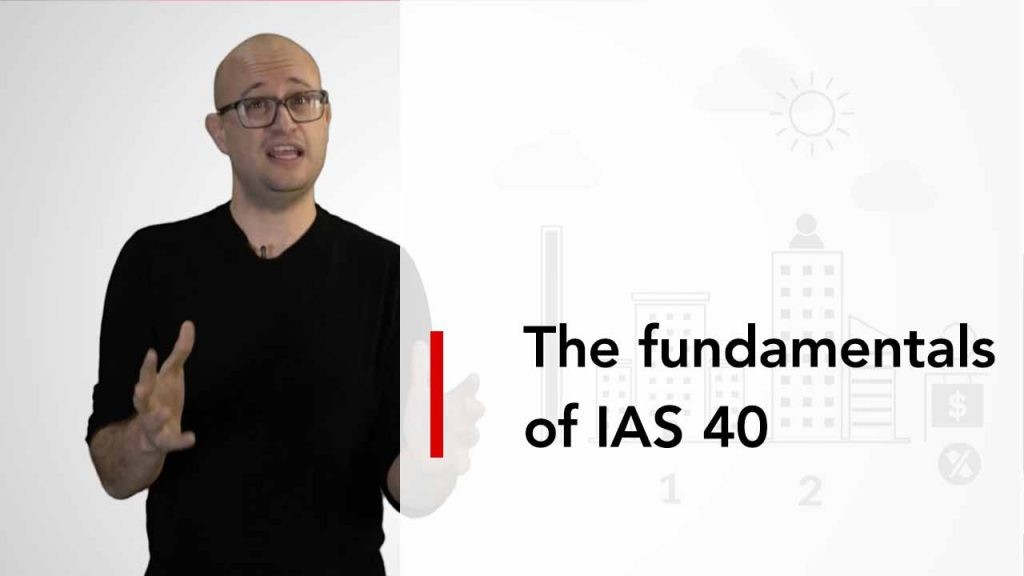
CPD
In my ever-ongoing quest to ensure accounting students develop a favourite standard, one of the things I ask my graduating classes to do is to sign my whiteboard wall with their name and the name of their favourite standard.
Last year was the first time I had a student select IFRS 4, Insurance Contracts. When questioned why, I was expecting some simple reason that four was their favourite number or similar, but the student said, ‘Well, it’s saying to people they can effectively do what they want’.
While that may be slightly oversimplified, the student does have a point. IFRS 4 was only ever intended to be an interim IFRS Standard, which permitted firms to continue their practices but expand their disclosures on insurance contracts. Unsurprisingly, different accounting models have continued to be applied in respect of insurance products, which is not ideal when designing an accounting standard.
IFRS 4 will be replaced by IFRS 17, Insurance Contracts, effective for reporting periods beginning after 1 January 2023. IFRS 17 is the first comprehensive standard in relation to insurance contracts and is thankfully much more prescriptive than IFRS 4.
New rules
The general proposal of IFRS 17 is that balance-sheet items will be held at current values, using discounted, probability-weighted current estimates for future cashflows. In terms of recognition in profit or loss, a key principle of IFRS 17 is that no gains are recognised on the inception of the contract. If a contract is assessed to be profitable, this profit is recognised over the contract period; but if a contract is deemed to be loss-making, the loss is recognised in full immediately as an onerous contract.
There is an exception to this, referred to as the premium allocation approach. This can be used for contracts where the coverage period is less than a year, or where there are no significant expected changes in estimates before the claims are incurred.
There is significant judgment in the contractual service margin, which will contain many detailed assumptions
The calculations under this approach are very similar to those under the general model, but there is no requirement to discount the liability to reflect the time value of money. These also require fewer disclosures.
Complexities
Central to the calculations of insurance contracts is a term called the contractual service margin (CSM). Calculated on inception of the contract, it is the difference between the present value of the expected cashflows and the present value of expected premiums. In its simplest form, the CSM is deemed to represent the overall profit to be expected on the insurance contract.
Clearly there is significant judgment in this figure, which will contain many detailed assumptions. This figure will be calculated initially and updated at the reporting period end. IFRS 17 also provides guidance on the subsequent remeasurement of the CSM to give further guidance to the preparers on what factors to consider when adjusting the CSM.
Impact on financial statements
For some businesses, the impact on profit may be significant. The elimination of profit at inception will mean a delayed recognition of profits for some entities compared with their existing treatment. Similarly, the immediate recognition of losses rather than recognising them over the period will also have an impact. In both of these cases, profits would initially fall under IFRS 17.
Entities may find it more difficult to assess if items are ‘one-off’ events for the purposes of producing adjusted profit figures. In line with the International Accounting Standards Board proposals on management performance measures, any adjusted profit figures should be reconciled to the IFRS measure. Due to the complexities of accounting within the CSM (both initially and subsequently), such a reconciliation may become difficult and therefore discussions elsewhere of ‘underlying profit’ may be lessened.
Entities may find it more difficult to assess if items are ‘one-off’ events for the purposes of producing adjusted profit figures
Impact on entities
For many entities, the introduction of IFRS 17 will not have a significant impact. A lot of similar contracts that entities may apply would fall into the scope of other standards. Warranties, pension liabilities, contingent consideration and residual values guaranteed under leases all have similar characteristics to insurance contracts but are already covered by other standards, and this will not change.
However, entities will need to consider whether events could fall into the scope of IFRS 17. For example, warranty agreements provided later than the date of sale or property maintenance contracts could fall under the scope of IFRS 17. In these cases, the level of service provided, and therefore the obligation of the service provider, will depend on an uncertain future event.
This means that while entities may not regard themselves as partaking in insurance contracts, it may be worth having some conversations with technical teams before the implementation of IFRS 17, as there may be slightly more work to do than they thought. Contracts that fall into this scope will be required to follow the IFRS 17 approach, both in terms of recognition and disclosures.
More information
See Adam Deller’s series of short videos explaining the key principles of certain IFRS Standards




